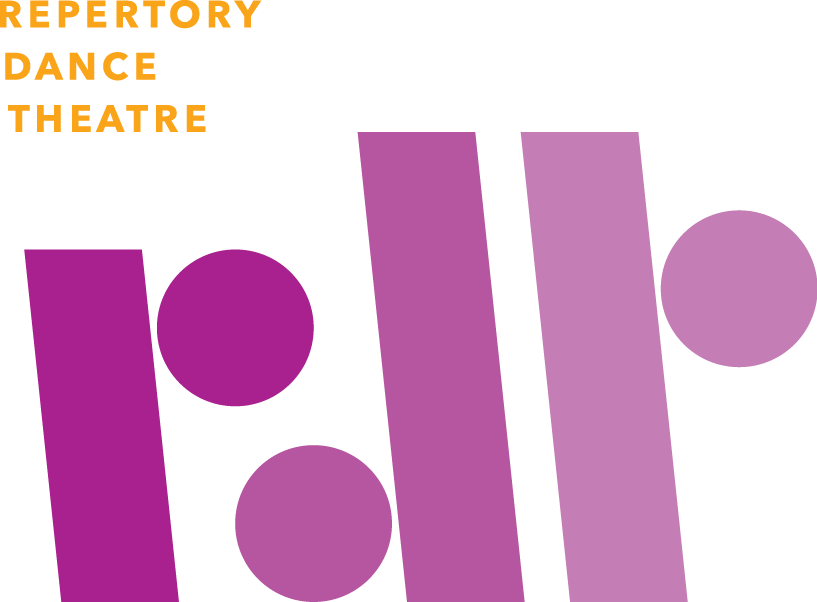Students will use creative movement to explore the slow and fast changes that happen to the earth's surface, including landslides, earthquakes, volcanoes, and erosion.
Learning Objectives/Goals
Working with different describing words, adverbs and adjectives in movement, creating patterns, using different speeds in movement creation, teamwork, collaboration, creative problem solving
Materials Needed
A large, open space, music and a drum.
Introduction
State class expectations, and talk with students about slow and fast changes to the earth's surface. What are those and what are some words that could describe these changes.
Slow Changes = Erosion
Fast Changes = Volcano eruption, landslide or avalanche, earthquake
Warm-Up
Beginning with the Fast Changes to the Earth's surface, have students move through the space using levels, directions and speeds and react to the following words (use one word at a time):
Slippery, Shake, Break, Shift, Explode, Ooze, Collapse
Try using the full body or direct them to use designated body parts, for example: legs that shake or hands that explode, etc.
Investigate
Split the students into smaller groups. Have them select 4 of the words from the warm-up. They can select any of the four words. Instruct them to create movement in their group for each of the 4 words. Every person in the group should participate in the movement creation and execution. Then put all 4 into a repeating pattern. Take time to show one another and see if students can guess which words were used for each pattern and in what order.
Create
Now for the Slow Changes to the Earth's Surface...using the same groups, have the students make a frozen shape that has positive and negative space, is on a high level and is closer proximity to one another. Using a slow count of 8, have students move only their right arm, dropping it slowly towards the ground, using all 8 counts. The shape should look different after the first "erosion". Try again, this time with one knee dropping slowly towards the ground, still using a slow 8 count. Try one more time, using the head and still a slow 8 count. After 3 rounds, the shape should look very different and will have "eroded" into something completely new. Have each group come up with their own 3 ways to erode from a still shape. Use the slow 8 counts, or make it even slower and use
16 counts for each round.
Reflect
Ask students to compare the fast changes vs. the slow change of erosion. What did they discover?
Extension to the Lesson
Try putting the fast change pattern and the slow erosion rounds into one big movement sequence. Each group can decide their own order and where in the movement space they would like the sequence to take place. Experiment with different musical accompaniment.
Follow-up Resources
Look for other science related movement lessons in our lesson plan library.

